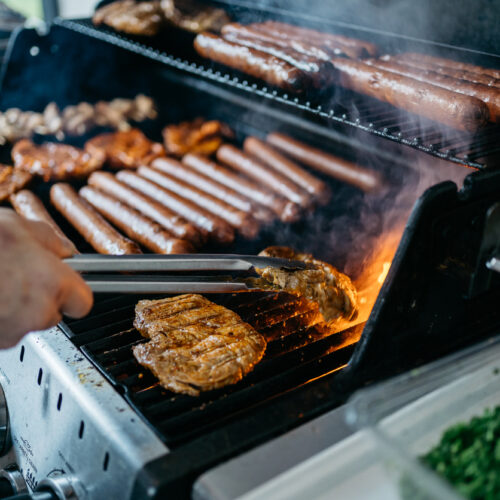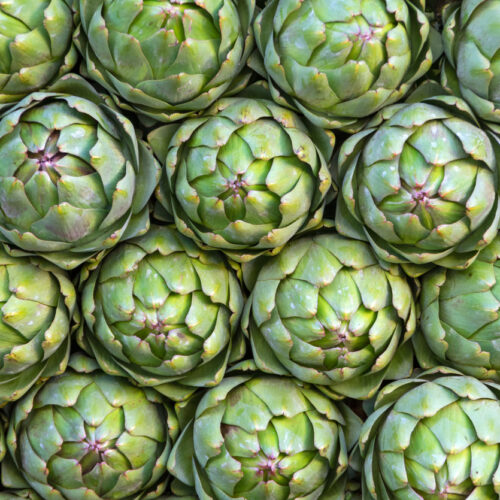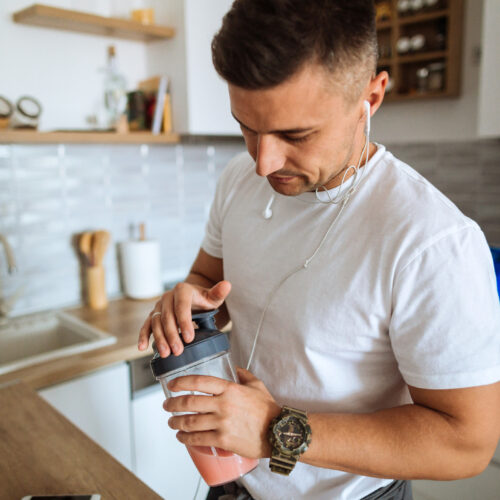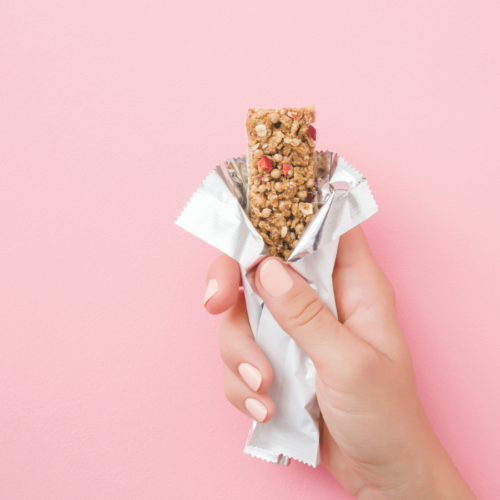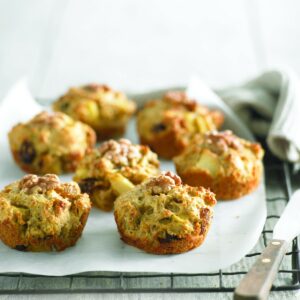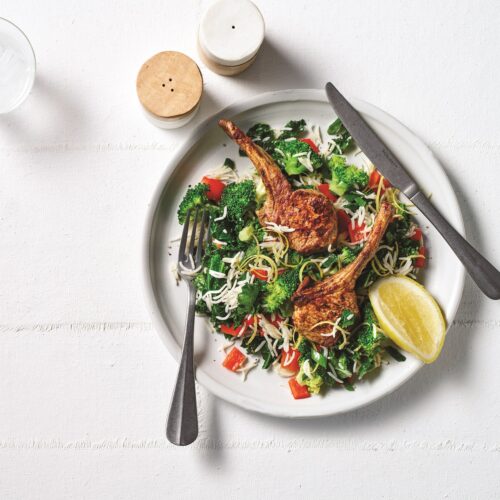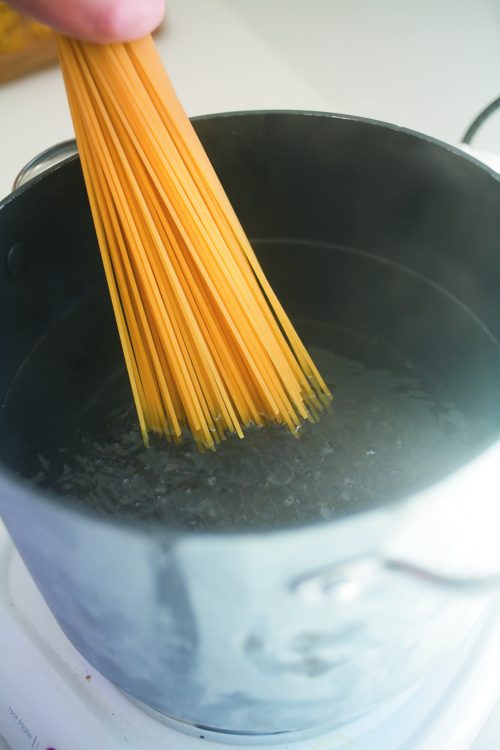
Sarah Swain demonstrates how to get perfect pasta every time.
Once you know the basics, pasta is quick and easy to prepare and satisfying to eat. High in fibre and low in fat, it makes the perfect healthy fast food for everyone.
The basics
Pasta can be bought either freshly made or dried.
- Dried pasta is usually made from durum wheat ground into semolina flour, plus water, salt and sometimes dried egg, so it can be stored without refrigerating or freezing. It takes about 10 minutes to cook and swells considerably. It makes an excellent store cupboard ingredient for speedy recipes.
- Fresh pasta is available in a greater variety of flavours. It usually contains eggs and a high water content so it needs to be kept refrigerated to prevent it spoiling. It should be used within 3-4 days of buying unless frozen. It takes just a few minutes to cook and only swells slightly. If you want a really quick meal in a matter of minutes, fresh pasta is a great choice.
How to cook pasta
- Pasta, whether fresh or dried, needs to be cooked in plenty of boiling, lightly salted water in a large saucepan. This is so it has room to cook without sticking together in a gluey mass. It needs room to expand and cook properly.
- As a rough guide, allow 75-125g pasta (uncooked weight) per person.
- Allow about 1 litre of water for every 100g of pasta. Put the pasta into the water when it is boiling, not just hot. Keep it at a high temperature during cooking. Cooking times will depend on the kind of pasta. Fine, freshly-made pasta often needs no more than 2-3 minutes. It is ready when it rises to the surface of the boiling water.
- Most dried pasta will cook in 8-12 minutes, though you should always check the packet instructions and check the pasta for readiness a little before the suggested time.
- Pasta is cooked when it is al dente, an Italian phrase which means with a ‘firmness when bitten’. A reliable way to test if pasta is cooked is to taste it. Bite into it – it should be tender but still have a slight bite to it. If pasta is overcooked it becomes mushy.
- Once pasta is cooked, drain it but reserve a little of the pasta water (about 4 tablespoons) to add back to the pasta and sauce.
- Italians tend to serve pasta by tossing the pasta with the sauce before serving, rather than just spooning it on top.
Which pasta for which sauce?
- Fine spaghetti, linguine and noodles are good with delicate, smooth or creamy sauces.
- Most shapes (larger shells, spirals, smaller tubes) are good when used with a chunkier sauce as they are sturdy enough to hold up the other ingredients.
- If a recipe includes a lot of sauce, shapes such as shells and tubes are ideal because they hold the sauce well.
- Macaroni is thicker tubular pasta available in long and short lengths, often slightly curved and can be ridged. This is good for baked pasta, like macaroni cheese.
- Cannelloni are large hollow tubes of egg pasta which are typically filled with a stuffing and baked. Rigatoni are narrower tubes.
- Small pasta shapes like farfalle (bows), fusilli (twists), conchiglie (shells) and orecchiette (ears) are good for salads.
Recipe ideas
© Healthy Food GuideAll rights reservedReproduction without permission prohibited
www.healthyfood.com
www.healthyfood.com


